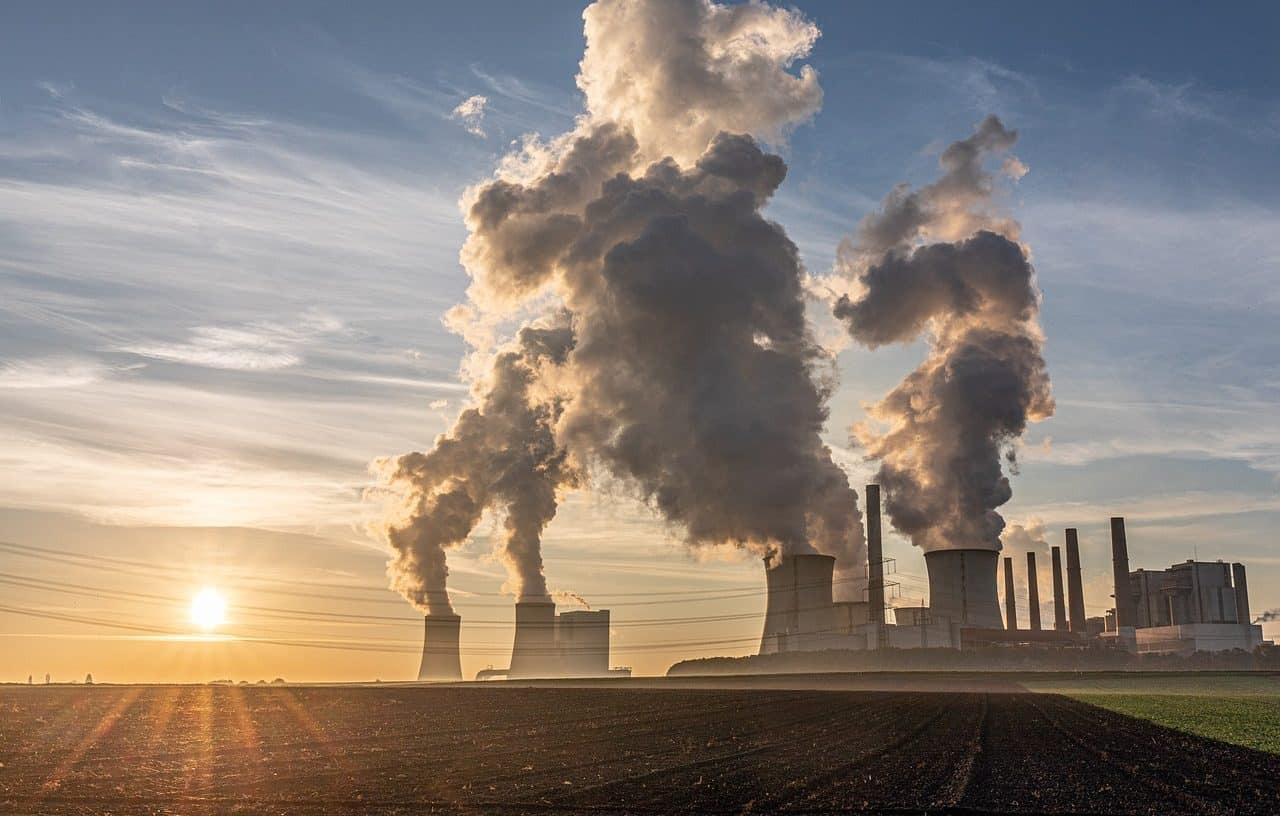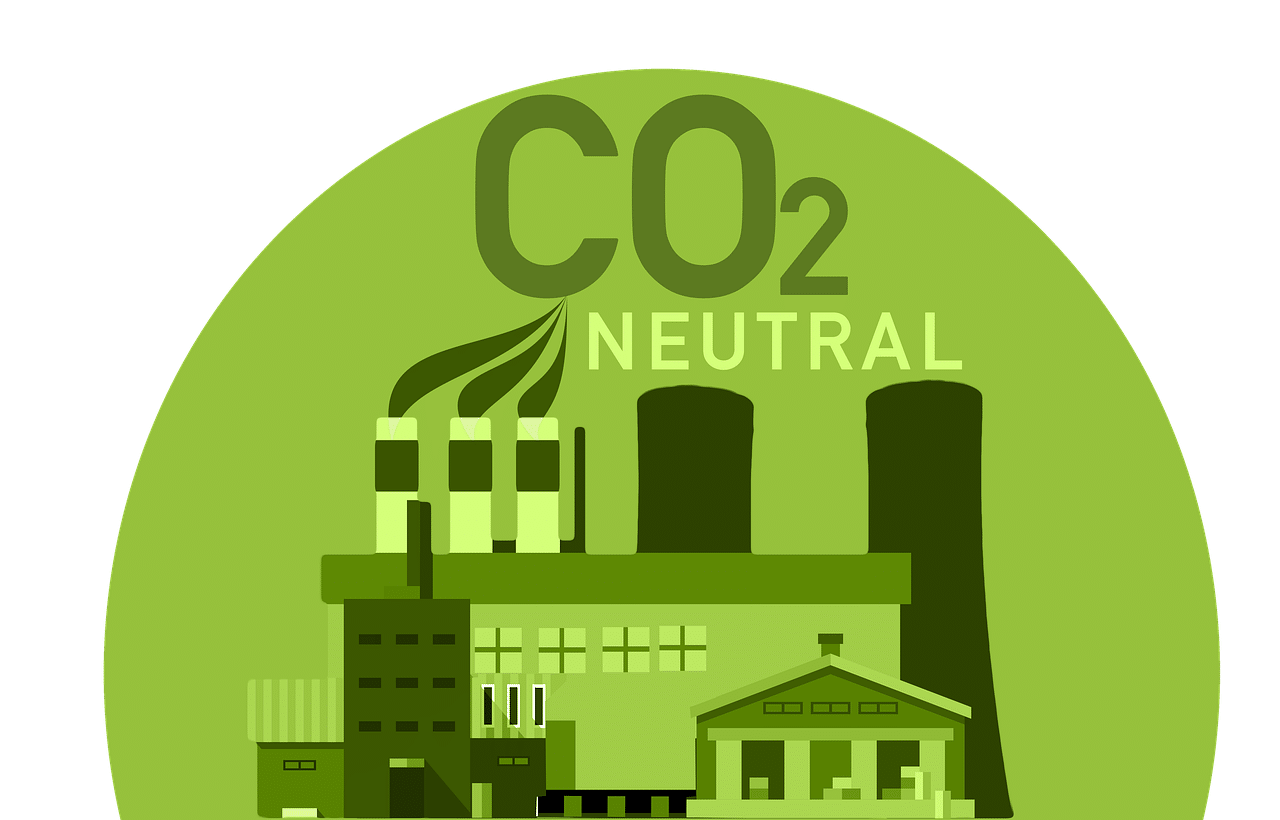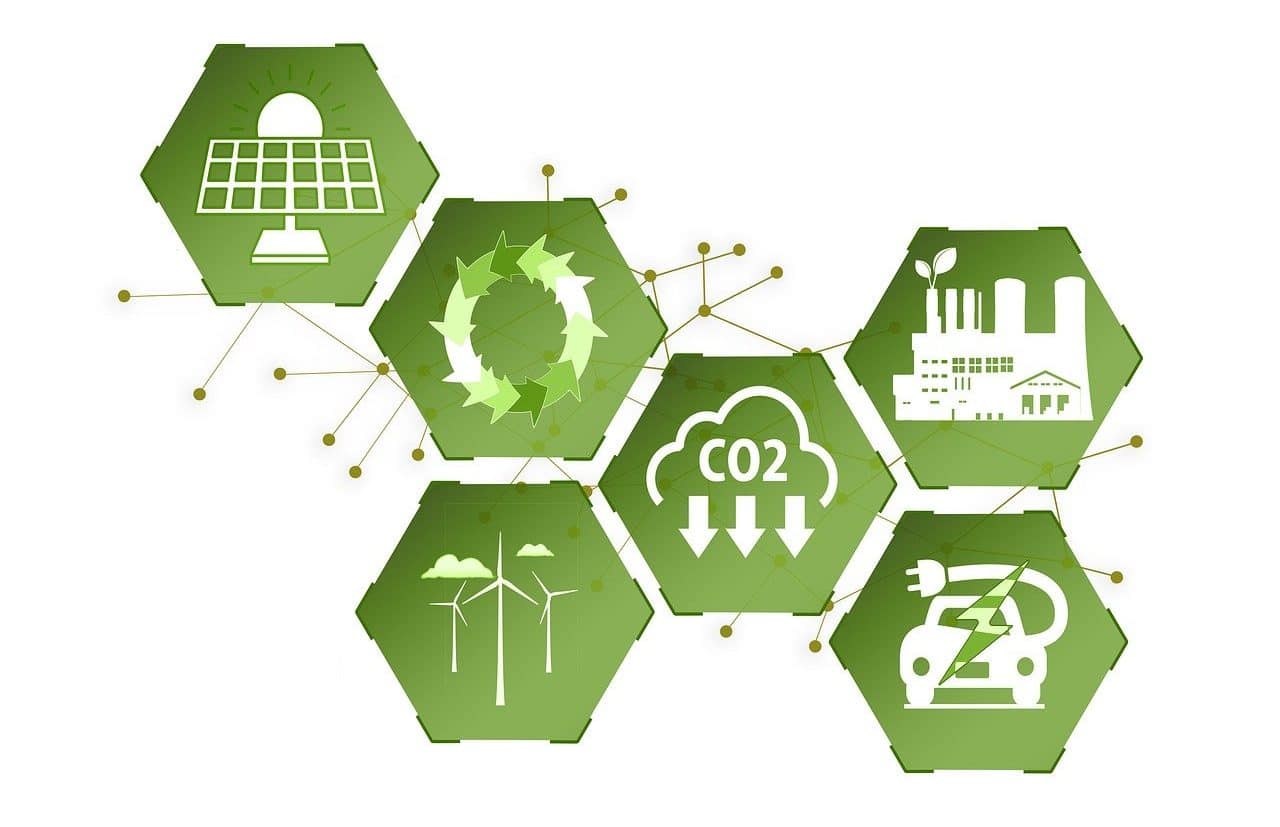
Carbon credits arise through emissions reduction projects.
Carbon credits are a resource that allows offsetting greenhouse gas (GHG) emissions . Through this financial instrument, a company or a country can offset those emissions that it was unable to avoid, providing support for a project that benefits the environment .
It is usually indicated that these credits (also known as carbon credits ) are rights to emit carbon dioxide (CO2) or other GHGs, although within certain limits and taking into account various restrictions. The commercialization of these credits, which are subject to independent verification by third parties, takes place in the so-called carbon markets . Another way to understand carbon credits is as an internationally agreed mechanism to reduce air pollution.
The problem of global warming
To understand what carbon credits are, we must first focus on the phenomenon of global warming . The Earth's climate system, which is made up of the biosphere , the lithosphere , the cryosphere , the hydrosphere and the atmosphere , records variations that lead to a modification of its state every certain amount of time.
These alterations represent a climate change , which can occur progressively or abruptly. Climate changes have occurred since the birth of our planet and are associated with different causes.
Currently, according to scientific consensus, there is a climate change underway that, unlike previous ones, is not natural but anthropogenic : this means that the alterations are caused by humans. Specifically, global warming is being recorded because industrial activities and people's habits are encouraging an increase in the world's average temperature.
Said global warming, in turn, is related to the greenhouse effect. The GHGs that accumulate in the atmosphere capture part of the solar radiation , which after bouncing off the Earth's surface cannot return to outer space.
To prevent temperatures from continuing to increase and achieve climate change mitigation , therefore, it is essential to reduce GHG emissions and the carbon footprint . At this point carbon bonds or credits come into play.

Industrialized countries can assume their environmental responsibility through carbon credits.
History of carbon credits
Awareness about global warming was progressive and is associated with its increasingly noticeable evidence, certified by numerous scientific studies. Thus, in 1992 , the adoption of the United Nations Framework Convention on Climate Change took place, which recognized the existence of climate change and proposed to control GHG emissions.
This framework convention asked industrialized countries to measure their emissions and regulate them so that ecosystems can adapt naturally to the modification of the climate system, but without threatening the development of the economy. Only at the end of 1997 , with the Kyoto Protocol , did the treaties of the '92 convention begin to be applied, committing the signatories to adopt the necessary measures to reduce GHGs.
The Kyoto Protocol distinguishes between industrialized countries and underdeveloped countries. It demands a reduction in emissions from the former since it recognizes them as the main responsible for pollution over the last century and a half. To the latter, however, he only makes a suggestion, taking into account the socioeconomic realities of each one.
In this context, the Argentine-American economist and mathematician Graciela Chichilnisky was the one who promoted the creation of carbon credits, a proposal that was finally incorporated into the Kyoto Protocol . The system devised by Chichilnisky is based on the consideration of the right to emit carbon dioxide (the main GHG) as a good that can be exchanged and that has a price determined by the market.
Thus, countries and companies that emit more CO2 than allowed can counterbalance this environmental damage by acquiring bonds and thus carrying out carbon compensation . Each bonus is equivalent to one ton of carbon dioxide (or its equivalent in another GHG). The financing associated with these instruments is allocated to projects that are beneficial for the ecology , such as reforestation work, production of renewable energy (such as wind energy or solar energy) or river cleaning, to mention a few possibilities.

Carbon credits aim to care for the environment by promoting sustainable development.
Operation and regulation
The carbon credit system established by the Kyoto Protocol contemplates two mechanisms:
- Clean Development Mechanism (CDM) : Industrialized countries can invest in initiatives that minimize GHG emissions in developing nations, thus compensating for the emissions that they cannot stop making in their territories.
- Joint Implementation (JI) : Developed countries achieve offsetting of their emissions through projects that lead to emissions reductions in other industrialized nations.
Regarding the generation of carbon credits itself, it is carried out with projects that eliminate or reduce emissions, which must respect certain methodologies and have verification by an independent accredited organization. The American Carbon Registry (ACR) Standard and the Verified Carbon Standard (VCS) are two verification standards.
It is important to indicate that, despite what was agreed, it was not possible to verify that the carbon credits have been used over the years as supposed. That is why in 2015 the Paris Agreement established a global carbon market subject to regulation, not yet operational, which contemplates the exchange of credits between nations and the credits generated by projects. In any case, regional markets such as the EU 's European Trading Scheme (ETS) are still in force.
It should be noted that, in addition to the regulated markets (subject to regulatory requirements), there is the voluntary carbon market (managed by private organizations).
